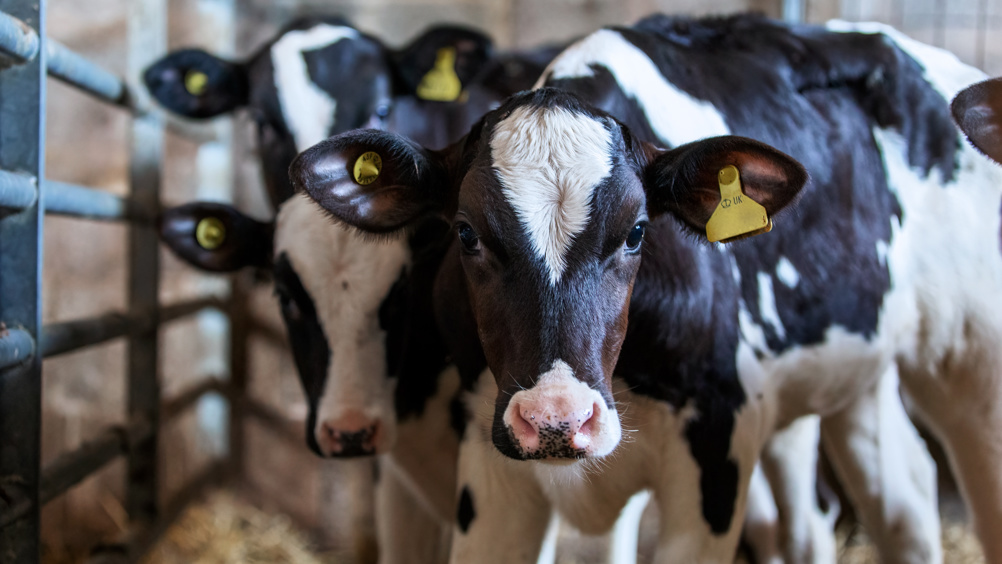Cattle Review: November–December

Abstract
Introduction:
In this Cattle Review we consider open access papers on Johne's disease and the management of surplus dairy calves.
Bovine paratuberculosis (Johne's disease) is an endemic disease caused by Mycobacterium avium subsp. paratuberculosis (Map). Map is mainly transmitted between herds through movement of infected but undetected animals. The objective of a study by Biemans et al (2022) (Veterinary Researchhttps://doi.org/10.1186/s13567-022-01066-5) was to investigate the effect of observed herd characteristics on Map spread on a national scale in Ireland. Herd characteristics included herd size, number of breeding bulls introduced, number of animals purchased and sold, and number of herds the focal herd purchases from and sells to. These characteristics were used to classify herds in accordance with their probability of becoming infected and of spreading infection to other herds. A stochastic individual-based model was used to represent herd demography and Map infection dynamics of each dairy herd in Ireland. Data on herd size and composition, as well as birth, death, and culling events were used to characterise herd demography. Perhaps unsurprisingly, results showed that herds that both buy and sell a lot of animals pose the highest infection risk to other herds.
Register now to continue reading
Thank you for visiting UK-VET Companion Animal and reading some of our peer-reviewed content for veterinary professionals. To continue reading this article, please register today.

